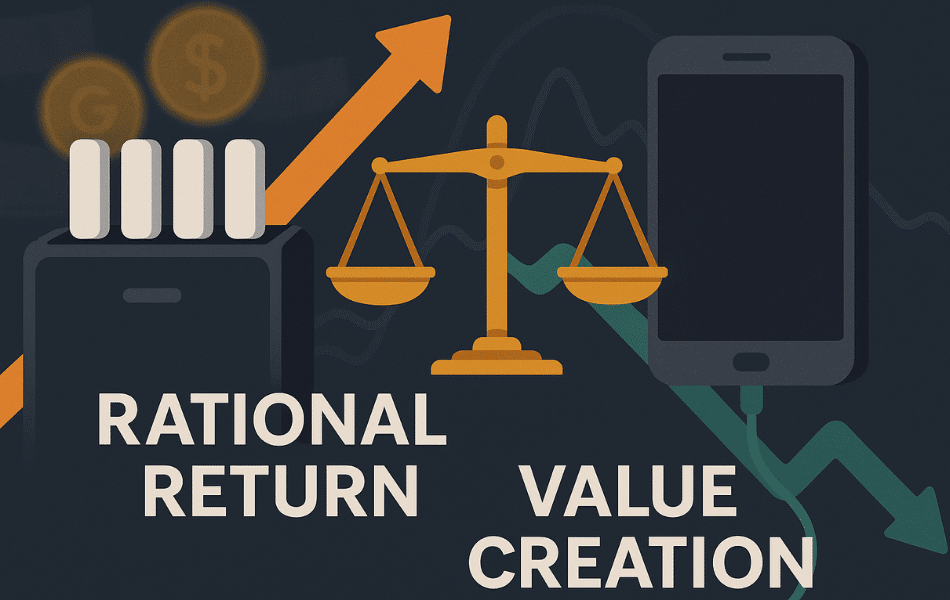Prologue: When Elephants Dance, How Do Ants Survive?
When a major tech giant announced its aggressive entry into the power bank sharing market with ambitions to capture 70% market share within three years, the entire industry felt the tremor. For small and medium players, this wasn’t just competitive pressure—it was an existential crisis. Yet within every crisis lies opportunity. This article explores how smaller companies can find their path to survival in a giant-dominated landscape.
The Giant’s Entry: A Game-Changing Disruption
Resource-Based Domination
The advantages of tech giants are comprehensive:
- Financial Power: Ability to sustain long-term losses for market share
- Traffic Advantage: Built-in user base of hundreds of millions
- Brand Trust: Higher merchant confidence and negotiating power
- Technical Superiority: Large tech teams with rapid iteration capabilities
The Power of Ecosystem Synergy
What’s even more formidable is the ecosystem effect:
- Seamless payment integration requiring no additional registration
- Interconnected membership systems offering value-added services
- Shared data enabling precision marketing and operations
- Business synergies creating powerful combinations
This all-encompassing advantage puts unprecedented pressure on traditional players.
The SME Dilemma: Caught Between a Rock and a Hard Place
The Cost Trap
When giants initiate price wars, smaller players face an impossible choice:
- Match the prices: Razor-thin margins or outright losses
- Hold the line: Rapid user exodus
This is particularly acute in the battle for premium locations, where giants can offer terms that smaller companies simply cannot match.
The Innovation Paradox
Technology upgrades require substantial investment, but smaller companies often face:
- Depleted financial resources
- Limited technical teams
- Unbearable costs of trial and error
This results in perpetually lagging behind in new technologies like fast charging and wireless charging.
The Talent Drain
Talent naturally flows toward market leaders:
- Top performers are poached with high salaries
- Team morale suffers
- Organizational capabilities gradually erode
The “Small but Beautiful” Philosophy
Accept Reality: Abandon Illusions
First, accept a fundamental truth: small companies can no longer compete with giants on the main battlefield. Rather than futile resistance, proactively choose a survival strategy that fits your capabilities.
Industry research reveals interesting patterns about user behavior:
- 80% of users rarely venture beyond a 6-mile radius
- 90% of their time is spent within 3 miles
This means thriving is still possible by deeply cultivating a specific area.
Differentiation Strategy: Do What Giants Won’t
Scenario Differentiation
- Focus on special venues: hospitals, schools, government buildings
- These locations have high entry barriers requiring special resources
- Giants often won’t invest the necessary effort
Service Differentiation
- Provide granular services: 24/7 customer support, on-site maintenance
- Build emotional connections: store owners know their regulars
- Rapid response: immediate equipment replacement for failures
Product Differentiation
- Comprehensive cable selection: Lightning, USB-C, Micro-USB
- Optimized charging solutions for different devices
- Value-added services: charging plus WiFi, charging plus entertainment
Alliance Strategies: Strength in Numbers
Regional Alliances
Multiple small operators forming regional coalitions:
- Unified procurement to reduce costs
- Shared technology to split R&D expenses
- Market coordination to avoid internal competition
Vertical Integration
Deep partnerships with upstream and downstream companies:
- Creating shared interests with merchants
- Custom partnerships with equipment manufacturers
- Resource exchanges with local service providers
“Parasitic” or “Symbiotic”: Coexisting with Giants
Become a Premium Operator
Industry experience shows giants also need local operators:
- Giants provide brand and systems
- Operators handle ground execution
- Mutual benefit through specialization
But maintain independence:
- Don’t put all eggs in one basket
- Preserve the option for independent branding
- Accumulate your own core resources
Fill Market Gaps
Even with giants controlling 70% of the market, 30% remains:
- Small merchants giants overlook
- Remote areas with poor ROI
- Niche markets requiring special services
These markets may be “small” individually but collectively represent significant opportunity.
Case Studies: Small Players Who Thrive
The Community Specialist
One regional brand focuses on older neighborhoods:
- Power banks placed in convenience stores and game rooms
- Store owners double as maintenance staff
- Users are mainly middle-aged and elderly with high loyalty
- Lower revenue but minimal costs ensure stable profits
The Venue Monopolist
A brand specializing in hospitals:
- Leveraged relationships to enter multiple facilities
- Customized services for hospital needs
- Small scale but high barriers to entry
- Difficult for giants to displace even if they enter
The Value-Added Pioneer
A brand promoting “charging plus” concepts:
- Charging while providing local lifestyle information
- Partnerships with nearby merchants for coupons
- Transforming power banks into offline traffic portals
- Increased user stickiness through added value
Risk Warning: Avoiding the “Medium-Size Trap”
Defining the “Medium-Size Trap”
Being neither large enough for scale advantages nor small enough for agility:
- Persistently high operating costs
- Insufficient innovation capacity
- Awkward market positioning
This in-between state is the most dangerous.
Prevention Strategies
Choose to be either big or small, never stuck in the middle:
- If choosing scale, secure capital backing
- If choosing small, develop characteristics and barriers
- The worst decision is indecision
Future Outlook: New Opportunities in the New Ecosystem
Consolidation Period Opportunities
Industry consolidation creates new possibilities:
- Assets and resources from failed companies
- Niche opportunities in stabilized markets
- Potential for technological leapfrogging
From “Charging” to “Service”
Future competition isn’t about power banks themselves but rather:
- Who provides better user experiences
- Who creates more added value
- Who builds deeper user connections
Ecological Niche Thinking
In nature, lions and tigers aren’t the only survivors:
- Find your suitable ecological niche
- Coexist harmoniously with the environment
- Continuous evolution, not blind expansion
Conclusion: Small Is Also a Form of Power
In an era dominated by giants, “small but beautiful” isn’t a reluctant choice—it’s a wise one. As industry veterans observe: “Being the second brand in a region after the giant” is itself a worthy goal.
The keys are:
- Know Yourself: Match ambitions to capabilities
- Find Your Position: Excel where giants won’t or can’t
- Perfect Execution: Take small things to the extreme
- Maintain Focus: Resist temptation and blind expansion
Remember, the business world isn’t just for unicorns. Ants may be small but remarkably resilient; elephants may be large but turn slowly. In the right ecological niche, small companies can thrive magnificently.
This is the lesson from the power bank sharing industry: even in the shadow of giants, sunlight still reaches certain corners. The key is finding your own patch of sky.





